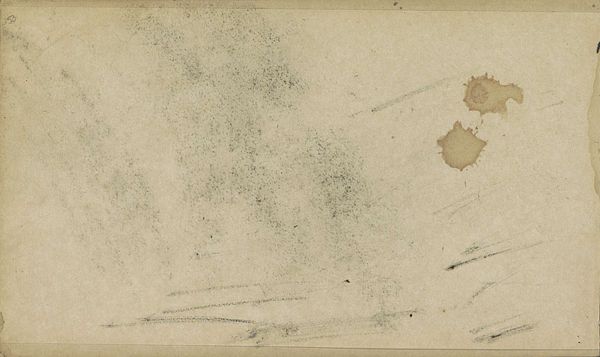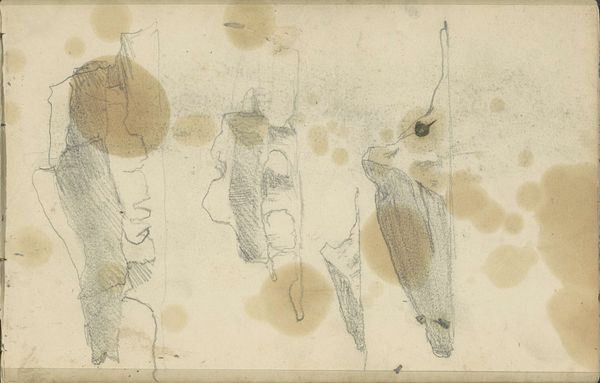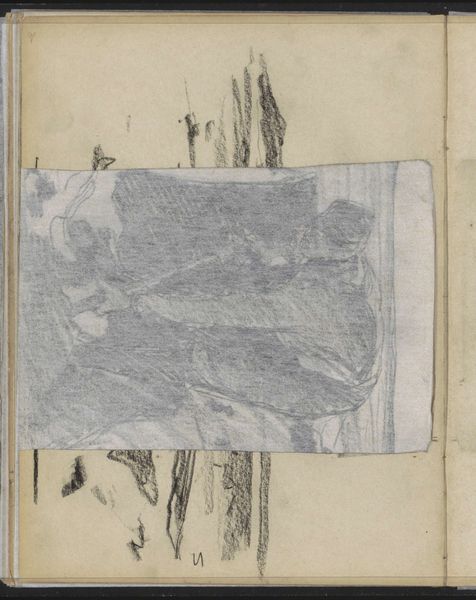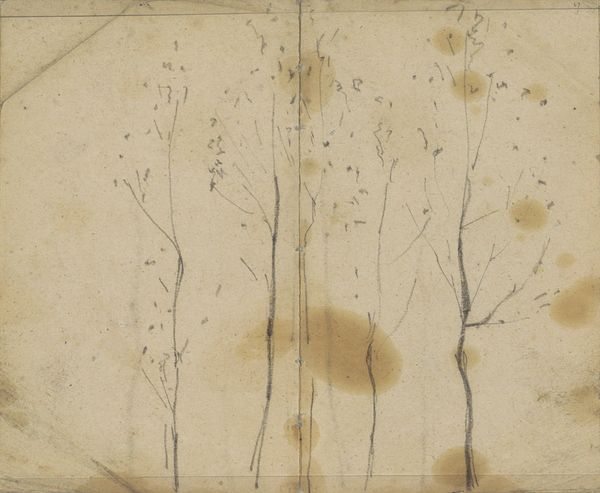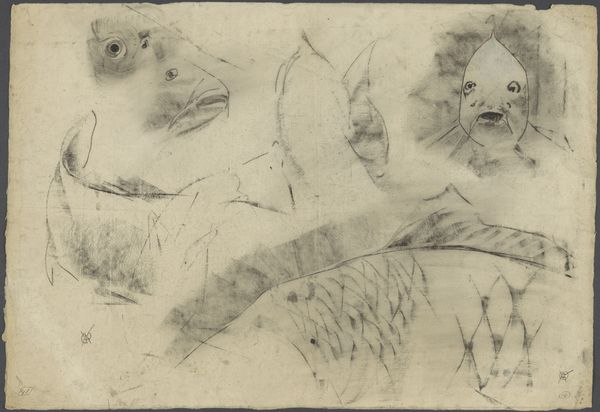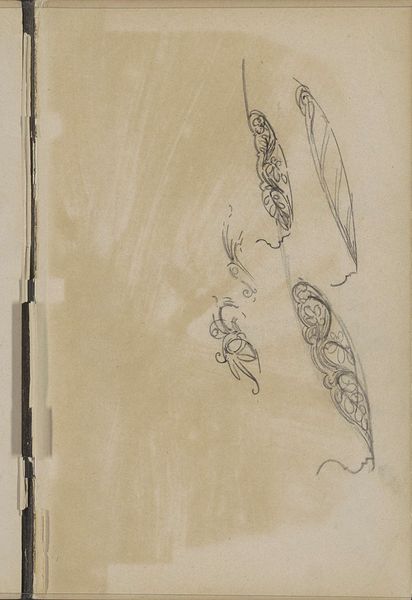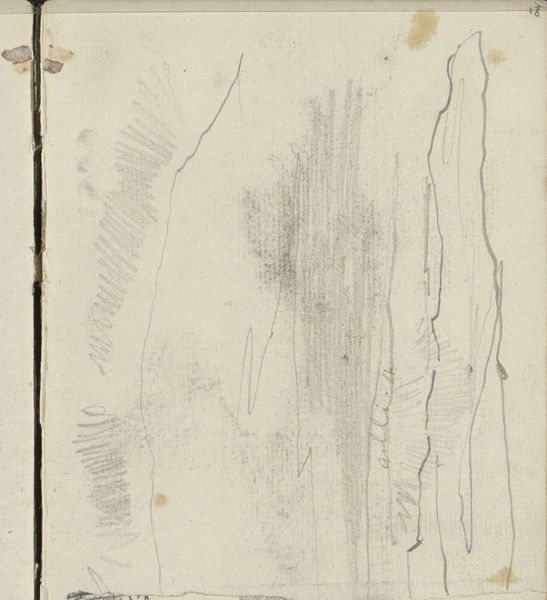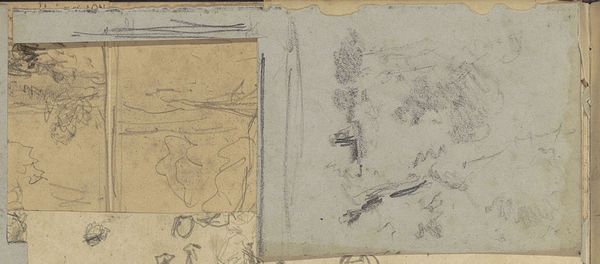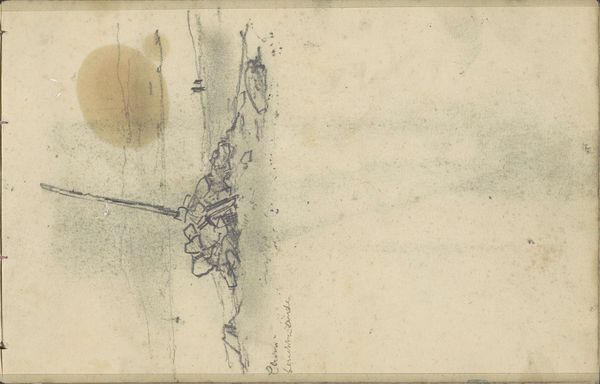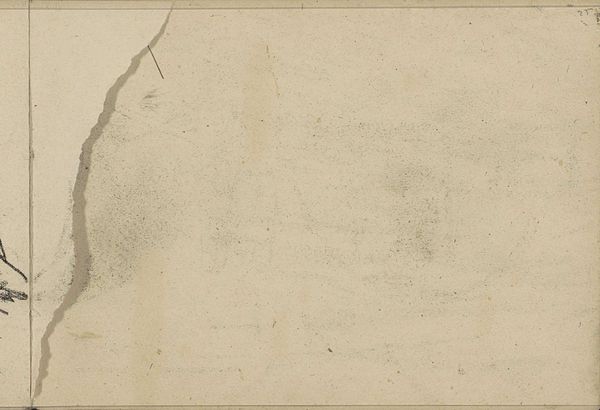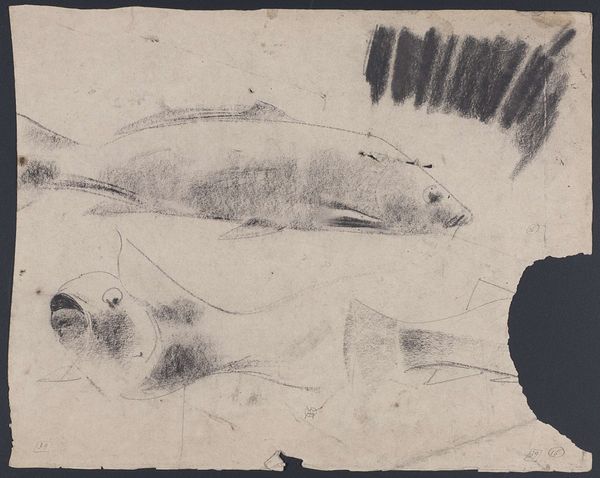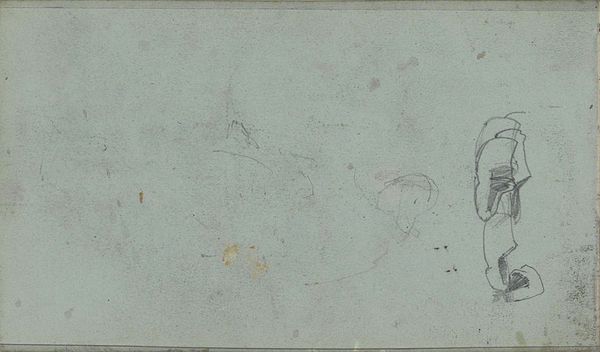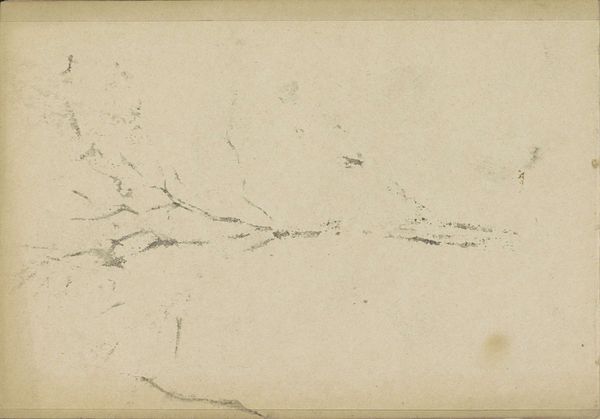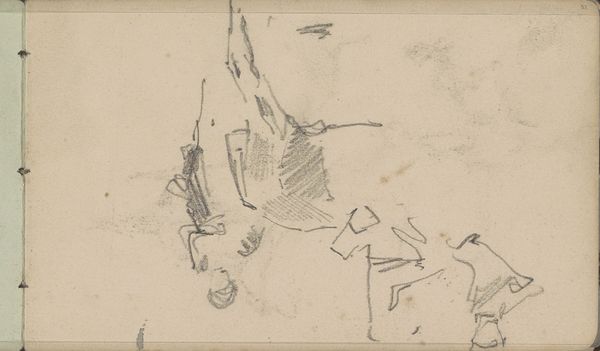
drawing, paper, watercolor, pencil
#
drawing
#
landscape
#
paper
#
watercolor
#
coloured pencil
#
pencil
Copyright: Rijks Museum: Open Domain
Louis Apol made this sketch, IJsbergen, using graphite and watercolor. Apol was known for his winter landscapes, and he traveled aboard a whaling ship to the Artic in 1889. Consider what it might have meant for a man of Apol's class, race, and time, to travel to the Arctic and produce sketches such as this one. The late 19th century saw Europe deeply involved in colonialism. It was a period of exploration and documentation, which raises questions about whose perspectives were being centered. How did Apol's identity shape his perception and representation of these landscapes? His work omits any trace of indigenous people, and focuses solely on the landscape. Rather than a neutral depiction, this becomes a statement about claiming territory, reducing the Arctic to a resource to be extracted and possessed. How does viewing art like this encourage us to reflect on the power dynamics inherent in landscape art, and who is included or excluded from the narrative?
Comments
No comments
Be the first to comment and join the conversation on the ultimate creative platform.
